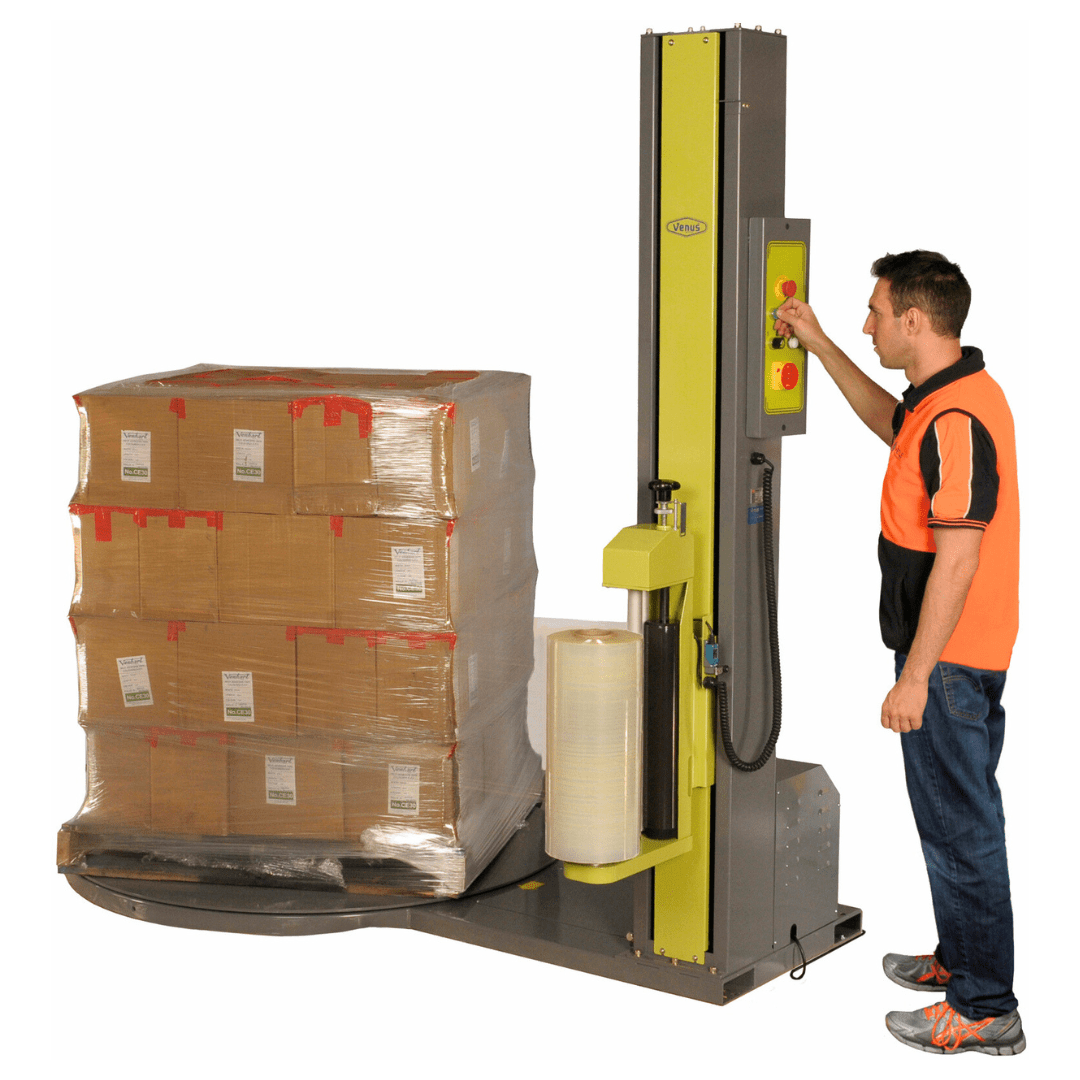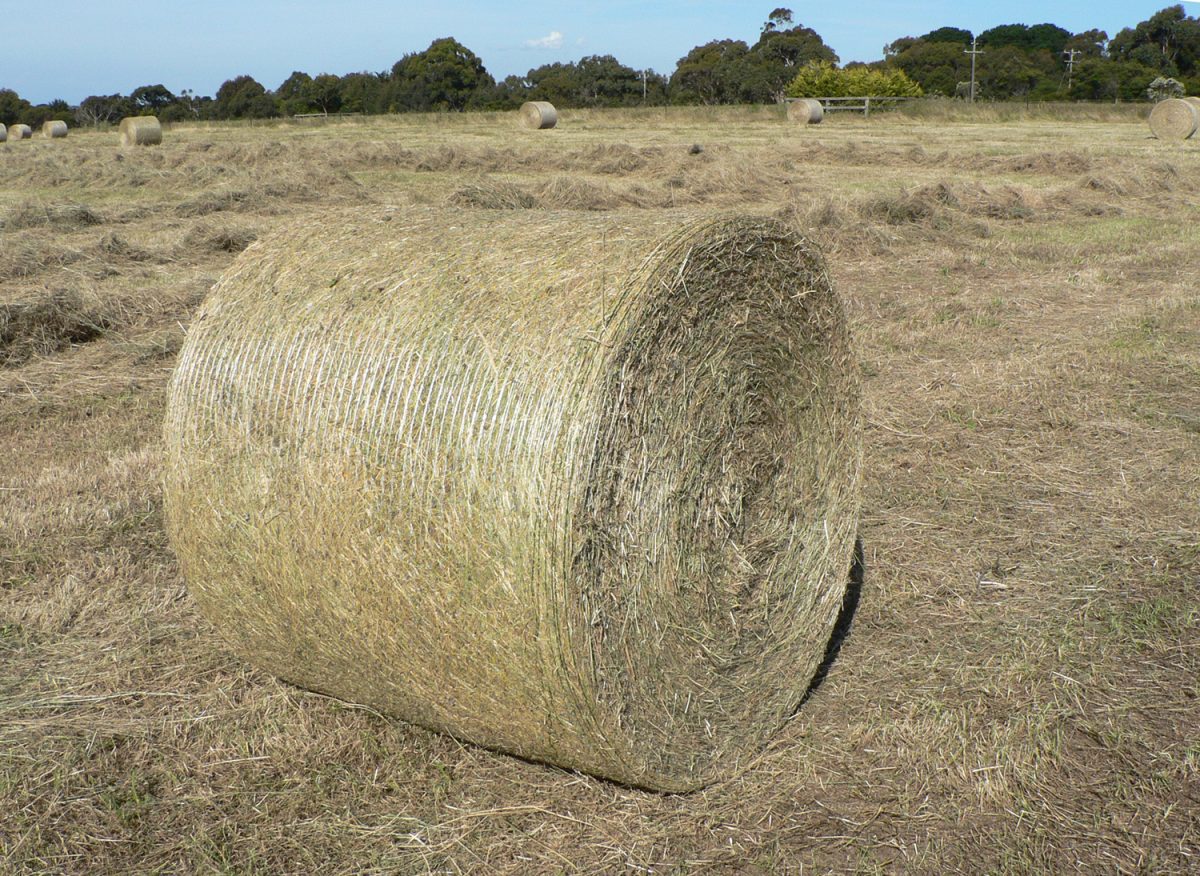 Back to blog
Back to blog
How Australians can protect themselves from the perils of food poisoning


Sometimes, we Australians take our food preparation and consumption habits for granted. We are fortunate that we have a high standard of food handling practices compared to the rest of the world, however there are people that are still affected by foodborne illnesses that cause food poisoning. Australians tend to have a general idea when it comes to food handling and cleanliness, but many lack the thorough knowledge to that will help them prevent the risk of food contamination and foodborne illnesses in the home and commercial environment.
According to the New South Wales Department of Primary Industries Food Authority, 4.1 million people were affected by food poisoning. By increasing the awareness of food poisoning causes and prevention methods, Australia should be able to get that number reduced over the long-term.
What can cause food poisoning?
Food poisoning is caused by consuming contaminated food or drinks. Harmful bugs known as pathogens can contaminate food in bacterial, viral or toxin form. Some examples of these are presented below.
Bacterial
Salmonella
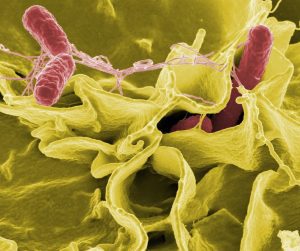
Salmonella infections (also referred to as Gastro) are bacteria that occurs in animals such as birds. The infection is usually a result of ingestion of bacteria from contaminated food, water or hands. The high risk food groups include:
- Eggs
- Poultry
- Meat
- Milk
- Fruits
Campylobacter
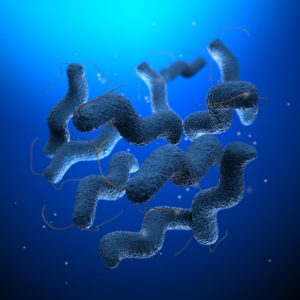
Campylobacter infection (also known as campylobacteriosis) is an infection of the digestive tract (or gut), caused by Campylobacter bacteria. The bacteria are usually found in the faeces of animals or in raw poultry. Common ways people become infected include:
- Consuming contaminated or undercooked meat, such as chicken.
- Drinking contaminated water or milk
- Eating foods that have been cross-contaminated.
Listeria
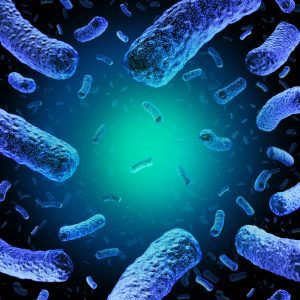
Also known as Listeriosis is uncommon, but can be fatal for those people that are at risk. High-risk foods for Listeria include:
- Seafood (such as mussels, oysters, raw seafood and smoked fish)
- Deli meats that are eaten without any further cooking.
- Unpasteurised milk or dairy products
- Pre-packaged or prepared fruits and salads.
- Soft cheeses
- Leftover meats.
Symptoms from Listeria can potentially be severe, with cases of meningitis and blood poisoning posing a high risk.
E. coli (Escherichia coli)
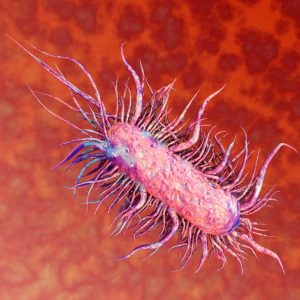
A type of bacteria that exists in the environment, food and intestines of people. Majority of these types of bacteria are harmless, however there are some that can make you sick, causing diarrhoea, pneumonia, respiratory illnesses and urinary tract infections.
Viral
Norovirus
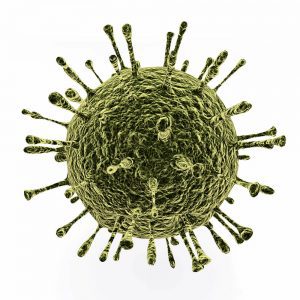
A highly infectious virus that can cause outbreaks in densely populated areas such as schools, day care centres and restaurants. Infection occurs when objects, food, drinks or aerosolized particles come into contact with others.
Rotavirus
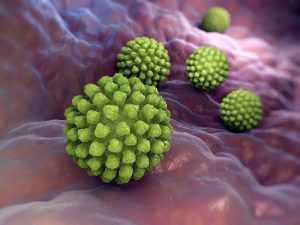
Rotavirus is common with young children and affects approximately 10,000 children each year. The virus spreads through contact with infected faeces or faecally contaminated food. Vaccination against the virus is recommended. More information can be viewed here.
Hepatitis A
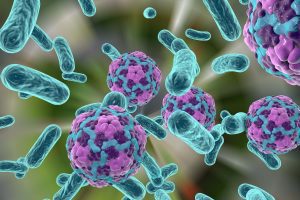
Hepatitis A is the most frequent causes of foodborne infection and accounts for 1.4 million cases worldwide. The virus spreads through contact with infected faeces and is more common in poor developing countries.
Toxins
Staphylococcus aureus
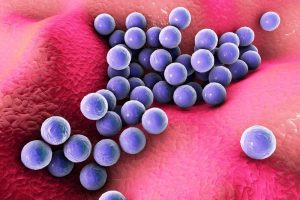
Staph infection occurs when staphylococcus gets within the body and multiplies. These infections can be passed in air, food and skin contact. Hand washing is an important habit to prevent the risk of staph poisoning.
Bacillus cereus
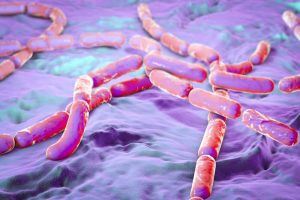
Bacillus cereus is a spore forming bacterium that produces toxins that cause vomiting and diarrhoea. The food poisoning effect is milder only lasting for approximately 24 hours.
Clostridium perfringens
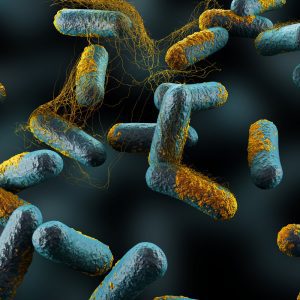
Clostridium perfringens are bacteria that produce harmful toxins to humans.
Human infection typically occurs through food consumption and the majority of outbreaks are associated with undercooked meats. It typically isn’t too severe, lasting up to 24 hours. However, it is often mistaken for the flu.
What are some of the symptoms to look out for?
Food poisoning symptoms can vary from mild to severe, depending on the type of infection that the person is experiencing. The common types of symptoms that people should look out for include:
- Nausea
- Stomach cramps
- Diarrhoea
- Vomiting
- Fever
- Headaches
There are also other symptoms such as meningitis and blood poisoning that could prove to be fatal. If you think you are suffering from food poisoning symptoms, it is recommended that you visit Health Direct for medical advice.
How does food poisoning occur?
Food poisoning occurs from food contaminations, which is a result of our food preparation and handling habits. Educating people about food safety practices can reduce the amount of people that are affected by food poisoning. This includes teaching people how they should clean, separate, cook and chill food items.
What cleaning practices should be adopted?
Keep your hands clean.
Good handwashing is a great way to get rid of germs and to avoid the spread of diarrheal and respiratory illnesses. It involves a few simple and effective steps.
- Wet
- Lather
- Scrub
- Rinse
- Dry
The video below highlights how bacteria can stay on your hands if they aren’t washed properly.
This video below highlights the issue further by highlighting the cross contamination risks.
Keep your utensils, cutting boards and food preparation areas clean.

Bacteria can easily spread within the kitchen, so it is important to minimise the risk of cross-contamination across different kitchen areas and utensils. A few good practices are listed below.
- Use paper towels or clean cloths to wipe kitchen areas or spills.
- Wash any cloths that have been used in hot water.
- Wash utensils, kitchen tops and cutting boards with hot soapy water.
- For an added level of protection, use up to 1 tablespoon of bleach in approximately 3.5 litres of water.
Keep your food items separate.
Keeping your food items separate is incredibly important for minimising the threat of cross-contamination. Tips to minimise cross-contamination include:
- Using separate cutting boards to cut raw meats.
- Using separate utensils for raw and cooked foods.
- Thoroughly washing any items that contained raw food.
- Keeping eggs, poultry and raw meats separate from other items while grocery shopping.
- Keep raw meats in low compartments in your refrigerator.
- Keep raw meats separate from ready to eat foods such as fruits and vegetables.
- Store raw food items in secure plastic containers or wrap them effectively using vacuum packing sealers.
Cooking safety.
The way food is handled during the cooking process is extremely important to prevent harmful bacteria multiplying in your food. Food should be cooked at a temperature that will kill any harmful bacteria. When the food is cooked, it is important that the food remains hot to prevent bacteria from multiplying.
Chilling your food.
Refrigerating your food promptly and properly will keep people safe from harmful bacteria. A few cold storage tips include:
- Chill your perishables within 2 hours.
- Ensure that cold air within the fridge can circulate.
- Store leftovers within 2 hours
- Consider freezing your food.
- Use vacuum packs to remove oxygen that will allow the bacteria to multiply.
- Never thaw your food on the counter. Instead, thaw it in the microwave, water, refrigerator or cook it without thawing.
You can also view more at the following guide.
Resource: How you cook can make others crook.
Food poisoning can be unpleasant and even fatal. Take action within your property to prevent any bacterial threats that could cause any foodborne illnesses.








